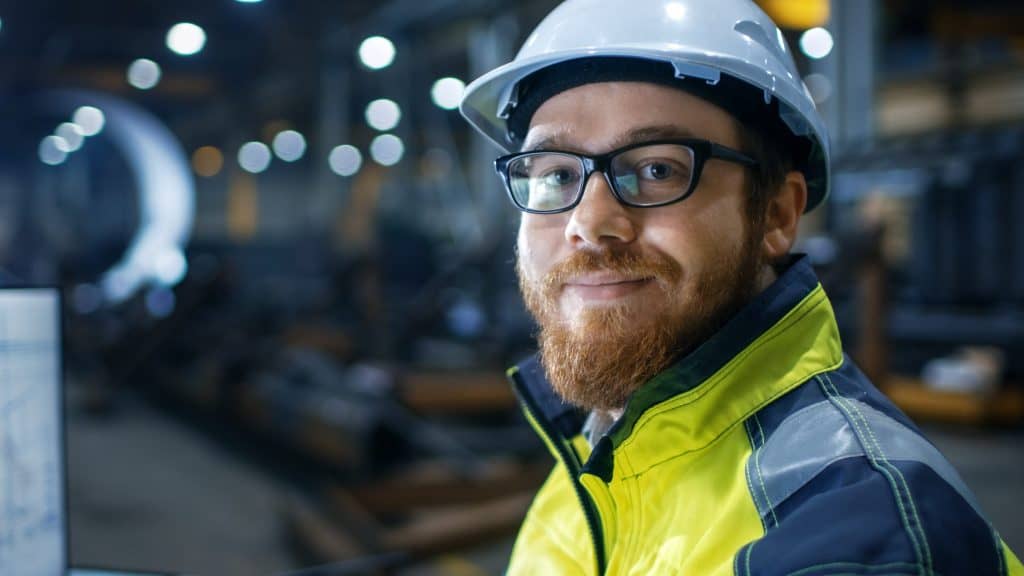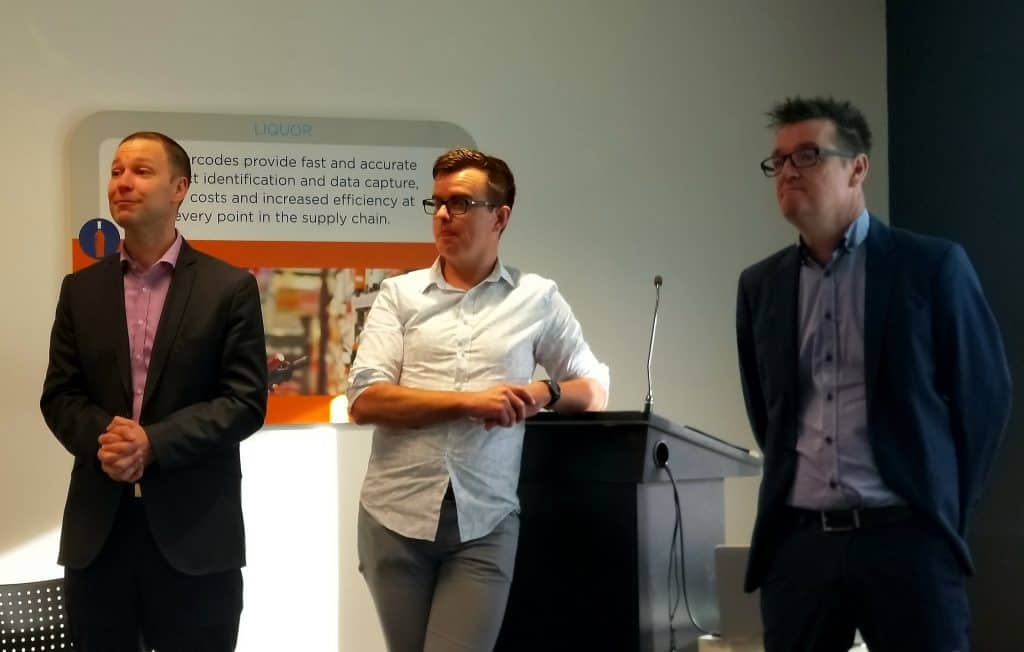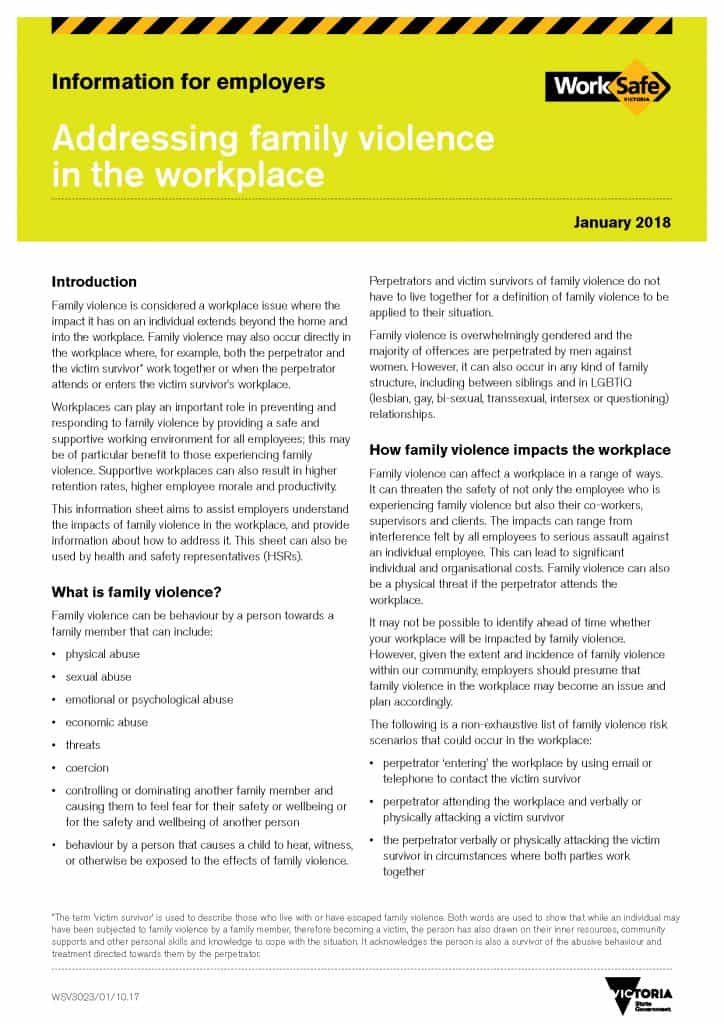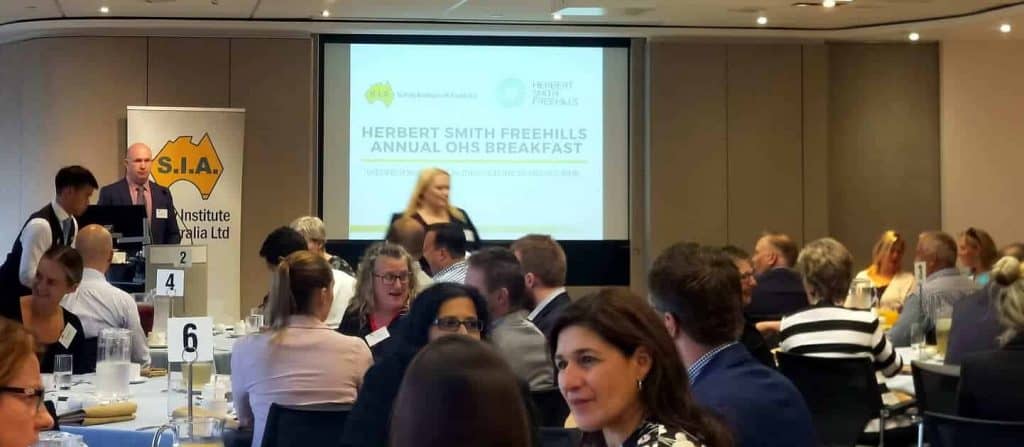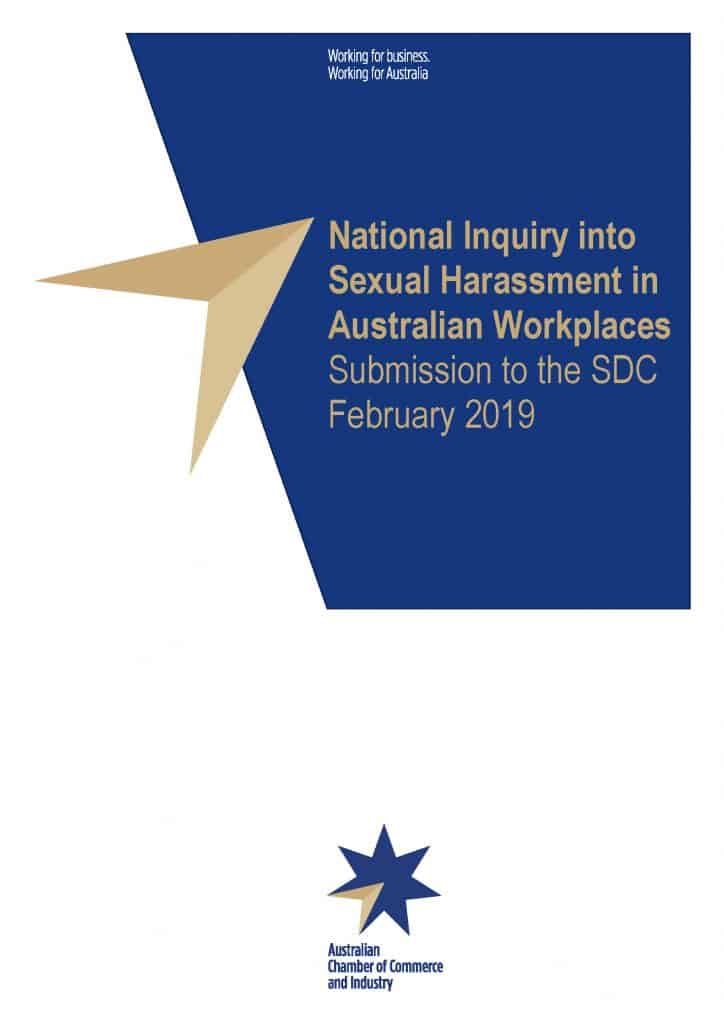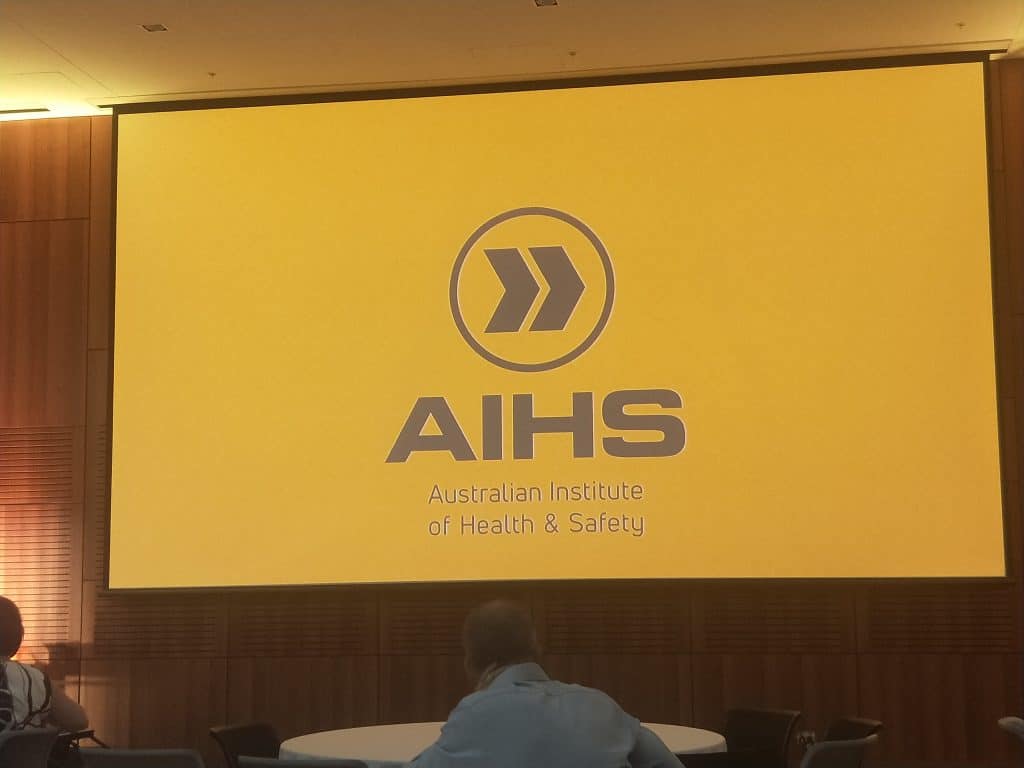
The Safety Institute of Australia continues to rebuild its member services, its finances and its reputation. In fact, it is so confident in its future that it has changed its name and brand to reflect this path. From July 2019 it will be known as the Australian Institute of Health and Safety (AIHS). A critical element of the SIA/AIHS strategy is it national conference, the second of which was held in Sydney at the end of May 2019, and it is worth asking whether the conference matched the Institute’s renewed pathway.


